Top tips on composting through the colder months from RHS Horticultural Advisor Deirdre McShane
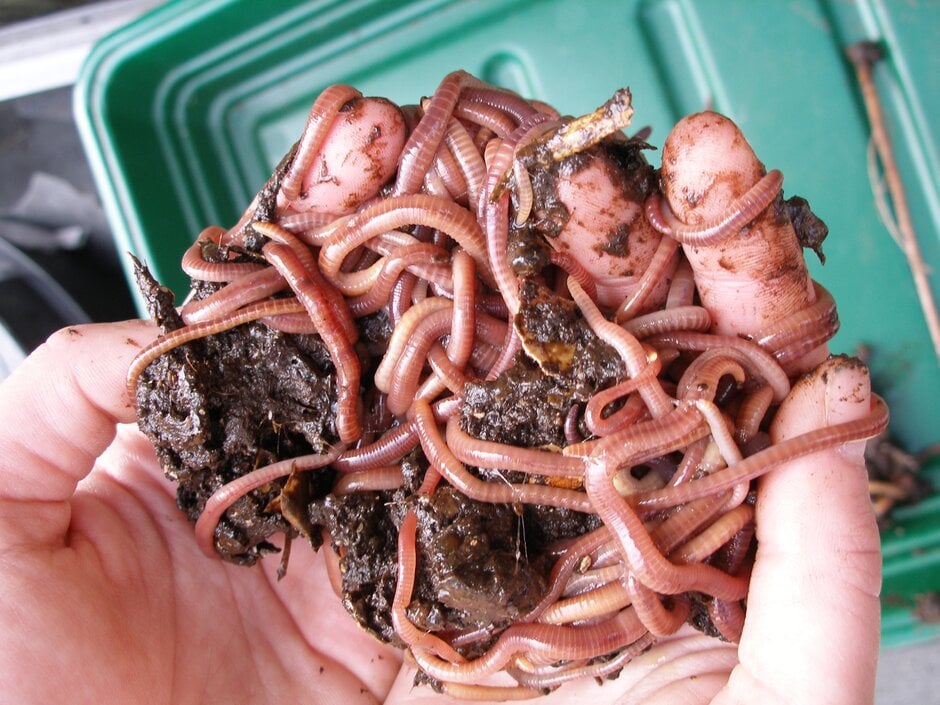
 Micro-organisms, bacteria and fungi need warmth to do their job of breaking down organic matter. As the weather gets colder, the composting process inevitably slows down unless you own a ‘Hotbin,’ an insulated compost bin.
Micro-organisms, bacteria and fungi need warmth to do their job of breaking down organic matter. As the weather gets colder, the composting process inevitably slows down unless you own a ‘Hotbin,’ an insulated compost bin.
Like many people, I have a large compost bin that empties from the bottom with a lid that prevents it from getting too wet when it rains. It’s positioned in a sheltered spot that catches the low winter sun, which means the bin stays warm over the colder months.
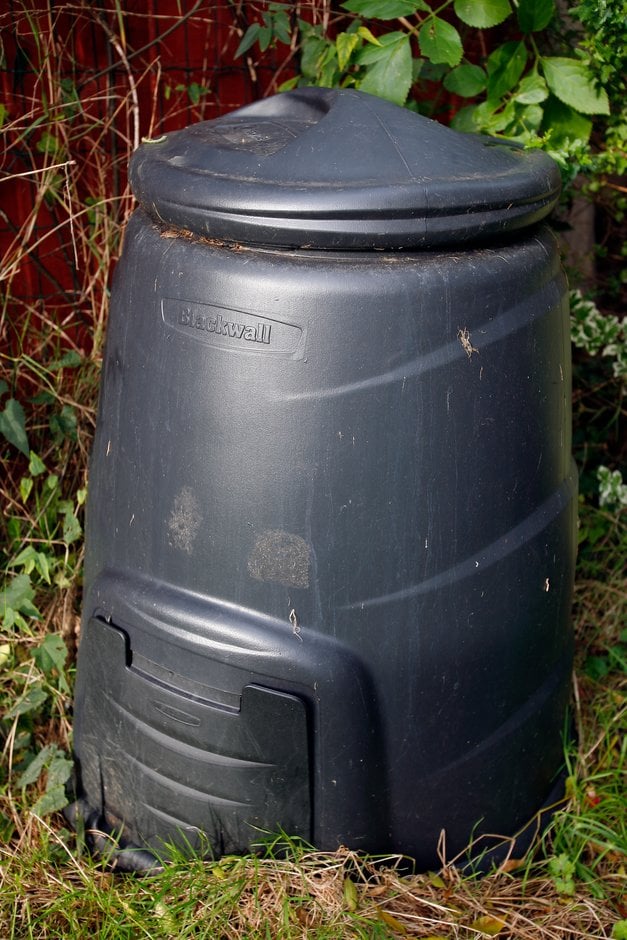 During autumn, I use the contents as soil improver and mulch for the garden, but continue filling the bin with pre-mixed composting materials (roughly 50:50 brown to green waste) throughout winter.
During autumn, I use the contents as soil improver and mulch for the garden, but continue filling the bin with pre-mixed composting materials (roughly 50:50 brown to green waste) throughout winter.
If you have an open heap, cover it with cardboard or tarpaulin to prevent it getting wet, plus insulate the sides with bales of straw, or bags packed with dry leaves, to help keep things warm. Turning your heap in winter is best kept to a minimum, as precious heat will be lost which will result in a slowing down of the decomposition process.
A compost thermometer can be useful to indicate if the breakdown process is taking place. Normally heaps should reach around 60°C in the centre, 24 to 48 hours after filling – however, this is likely to be lower in winter.
Consider a wormery
If your space is limited, consider a wormery. Worms are less active as the temperature drops, but a wormery provides them with protection from the worst of the cold and wet over the winter and keeps them out of hot sun in summer. Ensure your wormery has a lid to prevent it from getting too wet if kept outdoors, but move it inside a shed, garage, or well-sheltered garden spot if you’re in a colder region prone to frosts.
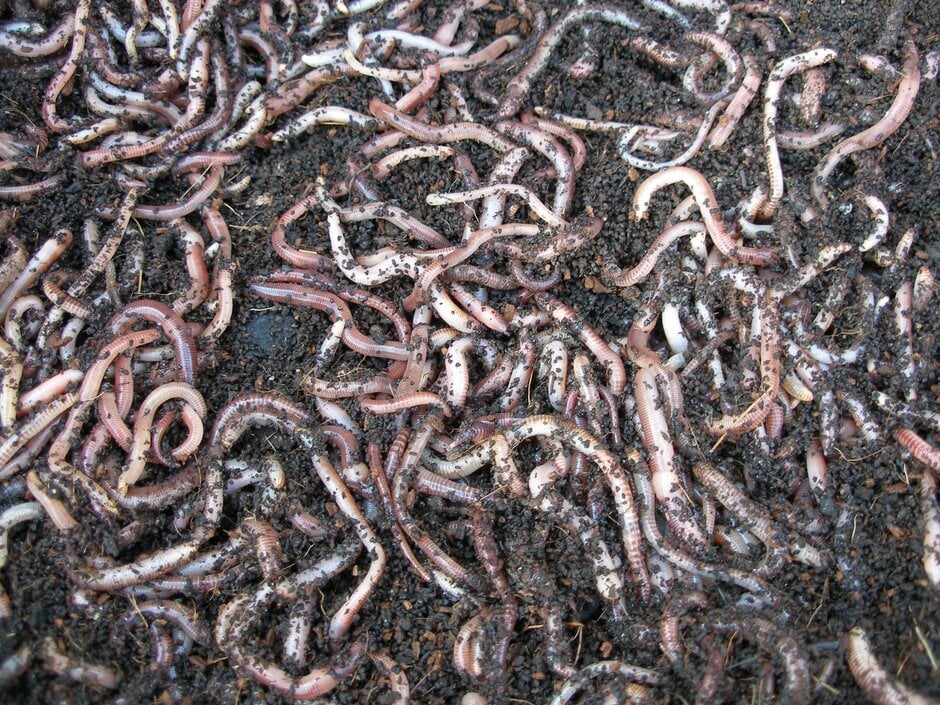 Worms can survive for up to four weeks without eating, but keep checking them and add some fresh material to keep them going. You can feed them with any raw or cooked fruit and veg, but avoid the onion family (onions, leeks and garlic) and citrus unless cooked. Teabags, eggshells, small amounts of shredded paper and even bread can go in. Just chop it up as small as possible to make the worm’s job easier.
Worms can survive for up to four weeks without eating, but keep checking them and add some fresh material to keep them going. You can feed them with any raw or cooked fruit and veg, but avoid the onion family (onions, leeks and garlic) and citrus unless cooked. Teabags, eggshells, small amounts of shredded paper and even bread can go in. Just chop it up as small as possible to make the worm’s job easier.
Decant the liquid fertilizer, which is rich in potassium, and nitrogen that the worms produce, and use it as soon as you can in spring, as storing it for long periods can result in a build-up of bacteria.
Can I compost teabags?
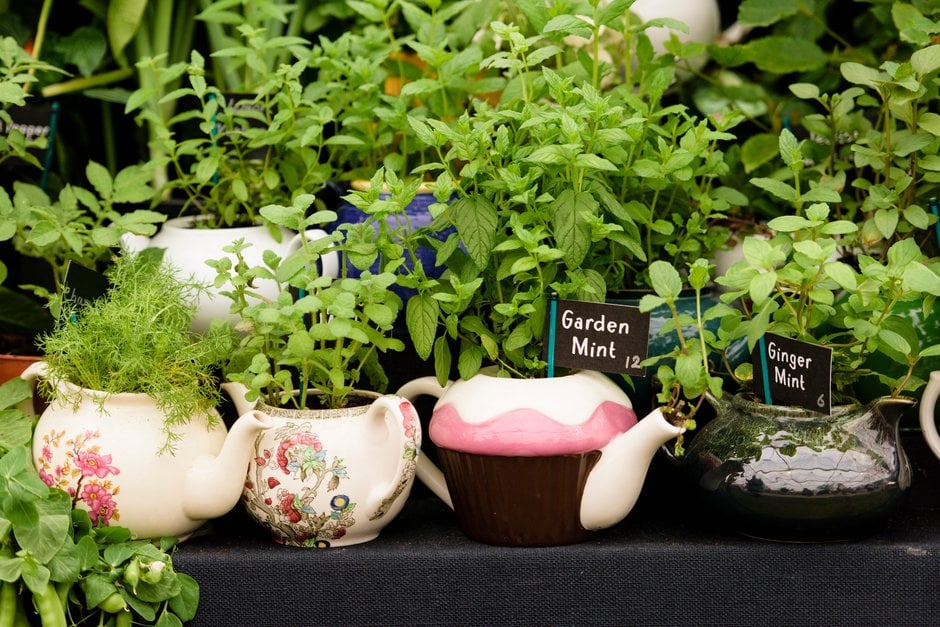
In our family, we drink herbal and loose-leaf tea. I water the base of my blueberry bushes with the spent contents of my teapot; they thrive on a mix of Earl Grey and English Breakfast leaves washed around their base several times daily. I am also conscious of micro-plastics, which led me to seek out teabags that are plastic-free and safe to compost. For a while, I kept finding old teabags in my compost from teabags labelled as compostable.
I’ve since learnt about PLA (polylactic acid), a material made from corn starch and used in some teabags. As this material needs a hot composting process and my compost bin doesn’t get hot enough to completely break them down, I now pop these in my council food waste. The contents can be composted and the outer bag disposed of.
Making leafmould
Adding many freshly fallen leaves to a compost heap can slow down the decomposition process. Instead, I bag up fallen leaves separately and pierce holes in the bottom to allow excess moisture to escape and leave them aside for a couple of years. If I find myself short of brown material for my compost mix, I’ll use leaves from these bags.
Whatever your method of home composting, it can still carry on through the winter months – since gardens rarely cease producing organic waste! My top tip is to help soil dwelling micro-organisms by chopping up waste into smaller pieces and maintaining heat levels where possible. You’ll be rewarded with lots of crumbly (sometimes-steamy) well-rotted organic matter - a precious resource for every gardener. Happy growing!
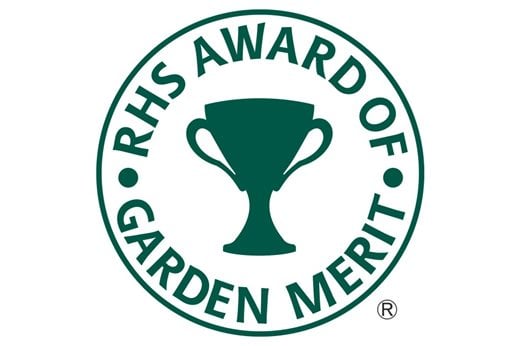 Pick of the crop
Pick of the crop
Look for the RHS Award of Garden Merit (AGM) when buying vegetable seed or small plants. You can also download the RHS lists of recommended cultivars.
You may also be interested in...
About the author - Deirdre McShane
I’m an RHS Horticultural Advisor for the advice desk at RHS Garden Hyde Hall. As well as being a gardener for many years, I have two children who I am pleased to have passed my love of the outdoors onto.

